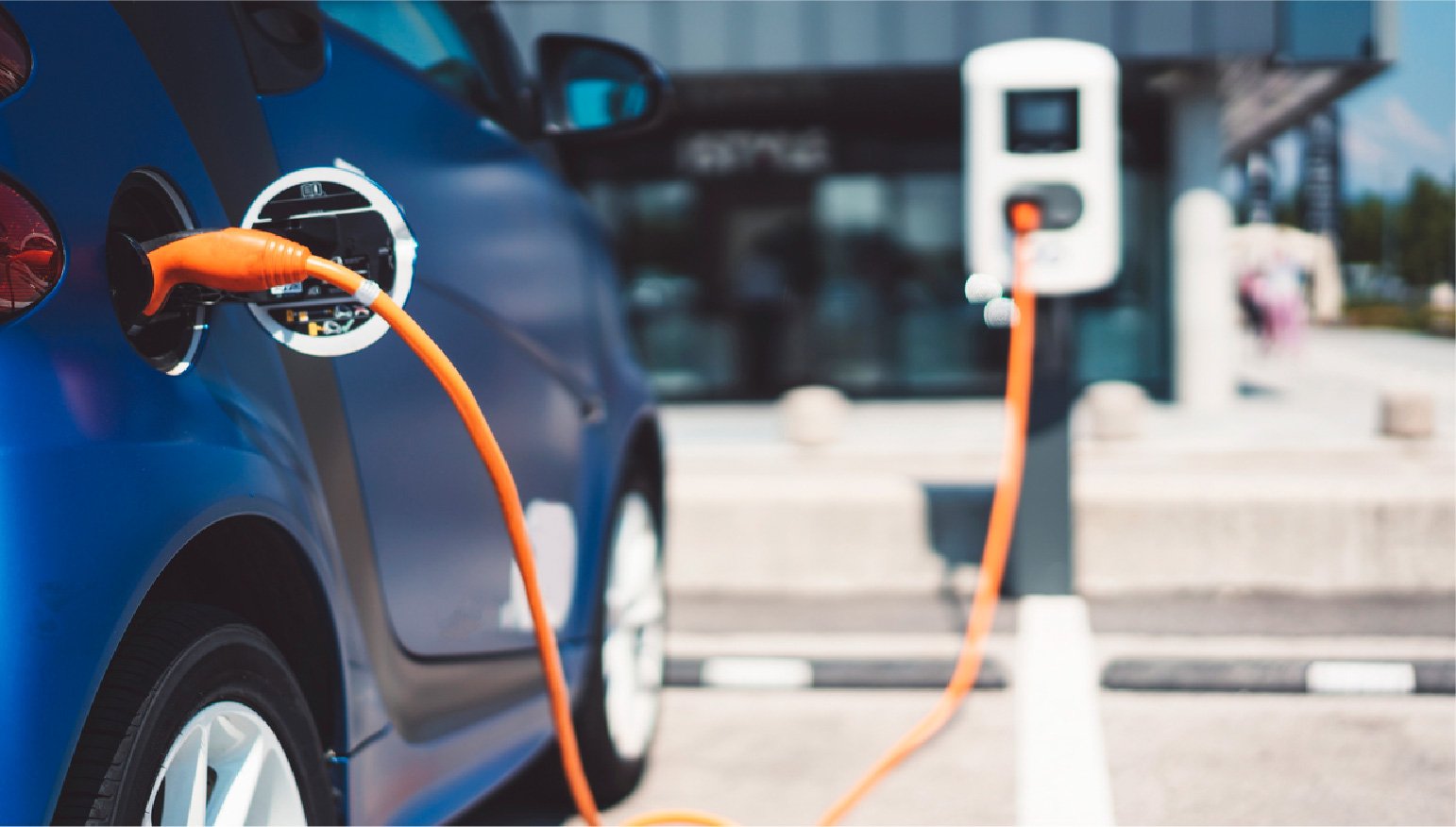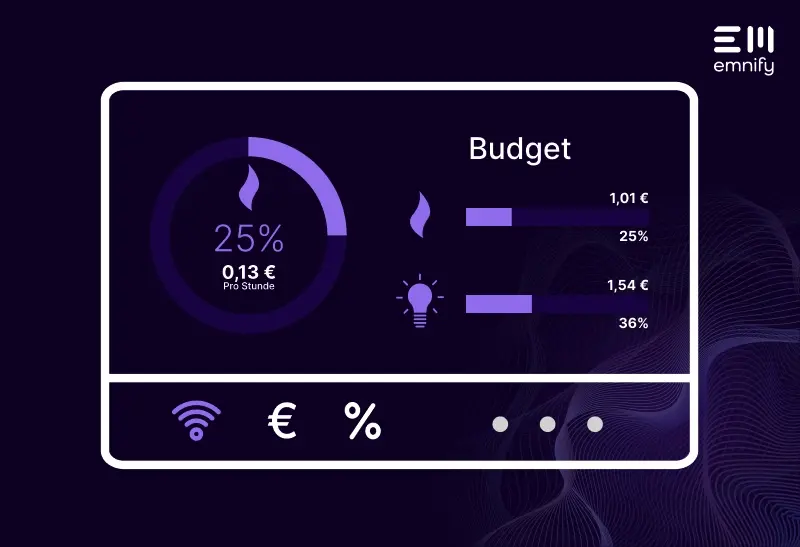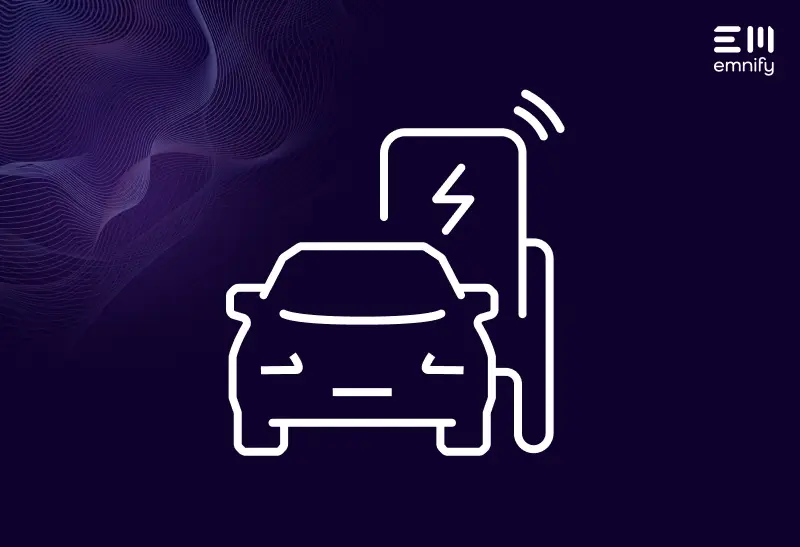

Quick Definition: Smart charging is a flexible Electric Vehicle (EV) charging model that aims to shift electricity consumption away from a utility provider’s peak hours. Using input from sensors and users, smart charging attempts to balance efficient electric grid usage with the user’s charging needs.
EV charging requires substantial electricity, and smart charging reduces the strain it puts on a utility provider’s infrastructure.
As EV usage increases, it will become more critical for utility providers to distribute this large scale electricity consumption throughout the day or week. Smart charging helps accomplish this by either incentivizing off-peak charging through lower prices or throttling charging during peak hours.
This requires constant communication between EVs, charge stations, and utility providers to adjust prices or restrict charging depending on the grid’s current load and the consumer’s current needs. The more data providers have about overall electricity consumption and an individual EVs needs, and the more current that data is, the better equipped the provider is to efficiently manage the operation of EV charging stations.
To get visibility into how their infrastructure is currently being used, utility providers need a widespread network of smart meters. Collectively, smart meters can show providers when and where their infrastructure is being used, enabling them to identify localized usage patterns and manage resources accordingly. Integrating EVs into a smart grid and receiving input from customers lets providers balance real-time energy consumption with their customers’ needs.
There are two main models for smart charging, and it essentially comes down to how the data from smart meters, EVs, and charge stations gets leveraged and who is in control.
User-Managed Charging vs. Supplier-Managed Charging
In User-Managed Charging (UMC), a utility provider uses a “Time-of-Use” (TOU) rate plan to vary pricing based on time of day. This incentivizes EV users to charge their vehicles during off-peak hours, when prices are lower. The user remains in control of when they charge and how much electricity they use, but they’re less likely to charge during the hours when the electric grid is under the most strain because it’s more expensive to do so.
A 2018 study of a UMC model in Shanghai found that when the price for charging during peak hours was twice as high as the price for charging during non-peak hours, 75 percent of EV users would begin charging during off-peak hours.
This helps balance the load on the electric grid, but it can also create a new problem. If enough EV users shift their charging time to off-peak hours, the off-peak hours can potentially become the new peak hours, particularly around high-traffic charging stations.
Utility providers can also use non-monetary incentives to facilitate user-managed charging. Obviously, the stronger the incentive, the greater shift it causes in user behavior. But under this model, user behavior ultimately governs when charging takes place, and users still have the option to charge during peak hours if they want to.
In Supplier-Managed Charging (SMC), the utility provider remains in control of when an EV can charge and how much electricity it can consume. Using IoT sensors installed in the EVs and throughout the electric grid, the provider can see a vehicle’s current charge, the current charge of other EVs nearby, and the current electricity consumption of the surrounding area.
While this model appears to be less appealing to EV users, the increased IoT communication between EV entities significantly improves optimization of the electric grid, and it can create a unique opportunity for EV users: Vehicle-to-Grid (V2G). V2G lets EVs discharge unneeded electricity during peak hours, refunding users or even paying them extra for electricity they put back into the grid when demand is highest.
Enable smart charging communication with emnify
Whatever model you use or part of the process you help facilitate, smart charging depends on IoT communication. emnify is a IoT connectivity platform as-a-service specifically designed for IoT devices and systems. Our platform provides connectivity on multiple networks, ensuring that wherever you deploy, EVs, your charge point stations, central systems, and software can communicate indoors, outdoors, and underground.
Get in touch with our IoT experts
Discover how emnify can help you grow your business and talk to one of our IoT consultants today!
Nick Sandoval is Director of Product Marketing with over 15 years of IoT experience. Nick has worked with startups up to large multinationals and won an appreciation award from NASA for his work in the International Space Station.


